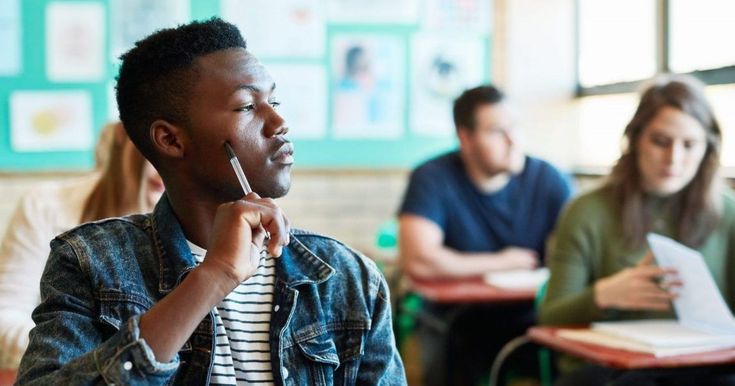Introduction
Education is the foundation for growth and development in our ever-evolving world. It equips individuals with the knowledge and skills necessary to adapt and thrive in various life situations. However, barriers exist that impede learning for a significant number of students. In order to work towards inclusive education, it is essential to identify and address these obstacles, allowing all learners an equal opportunity to reach their full potential.
Understanding Barriers to Learning
Barriers to learning can be categorized into three primary groups – physical, emotional, and systemic.
1.Physical Barriers: These limitations are related directly to the learner’s physical condition or needs. Examples include hearing or visual impairments, mobility constraints, or other health problems that may impede access or concentration in the classroom.
2.Emotional Barriers: Learners might face emotional obstacles that affect their overall well-being and ability to engage in educational activities meaningfully. Anxiety disorders, trauma-related issues, low self-esteem, or difficulties in social interactions can hinder progress and participation.
3.Systemic Barriers: These barriers originate from broader societal issues or the educational system itself. These may include economic disparities, discriminatory practices affecting marginalized groups, lack of resources, rigid curricula, inadequate teacher training on inclusive pedagogy, or entrenched traditions in teaching and learning practices.
Strategies for Removing Barriers
To cultivate an inclusive learning environment that accommodates diverse learners’ needs, several strategies can be employed:
1.Accessible Learning Spaces: Designing physical infrastructure and adapting assistive devices can enhance accessibility for learners with disabilities. This includes ramps for wheelchair users, adjustable desks and chairs for varying heights, easily navigable hallways, and visual or auditory aids.
2.Emotional Support: Providing a safe and supportive atmosphere that fosters a nuanced understanding of mental health by training teachers appropriately will go a long way in helping learners navigate emotional challenges. Additionally, employing mental health counselors or specialists in schools can help provide essential support to students who require it.
3.Differentiated Instruction: Teachers should employ a variety of instructional techniques that cater to the different learning styles and strengths of their students. This allows educators to engage, motivate, and challenge each learner simultaneously, fostering an environment that is inclusive and equitable.
4.Collaborative Teaching: Encouraging team teaching or co-teaching allows for more individualized attention and unique perspectives on addressing different learners’ needs.
5.Culturally Responsive Pedagogy: Educators should attempt to make curricula more diverse, culturally sensitive, and free from stereotypes while accommodating for linguistic or cultural diversity within the classroom.
6.Community Engagement: Engaging with the local community, NGOs and governmental bodies can direct necessary resources towards dismantling systemic barriers to education.
Conclusion
Removing barriers to learning is an ongoing process that requires constant reflection and adaptation. By recognizing the challenges faced by our diverse student population, implementing inclusive strategies in classrooms, and advocating for systemic change, we can build a more equitable educational landscape where every learner has an equal chance to succeed.





